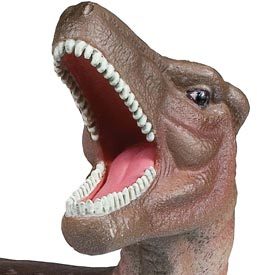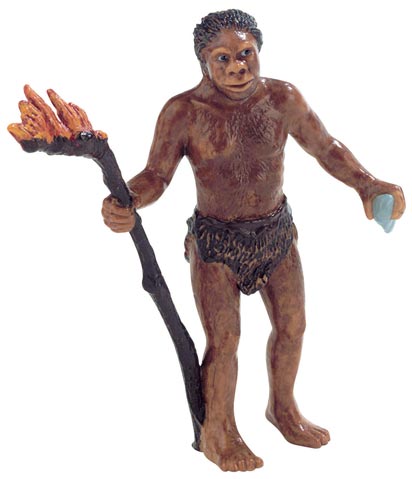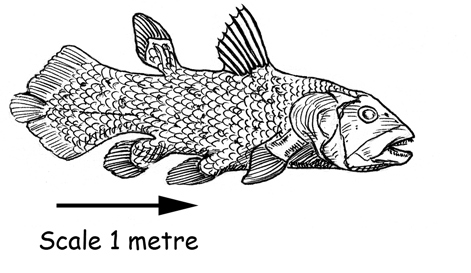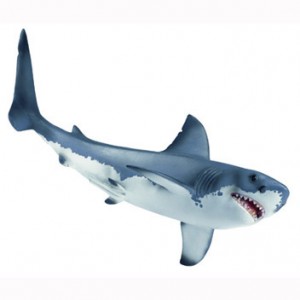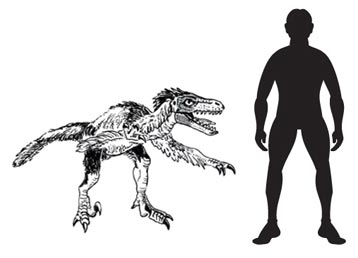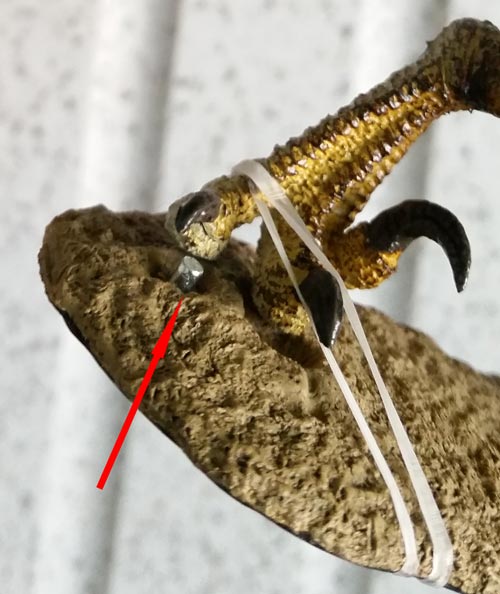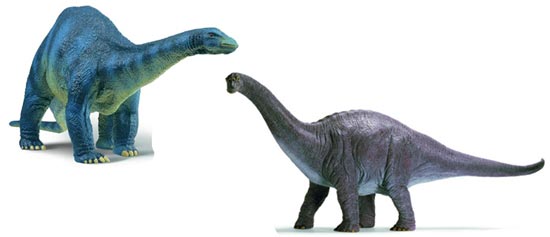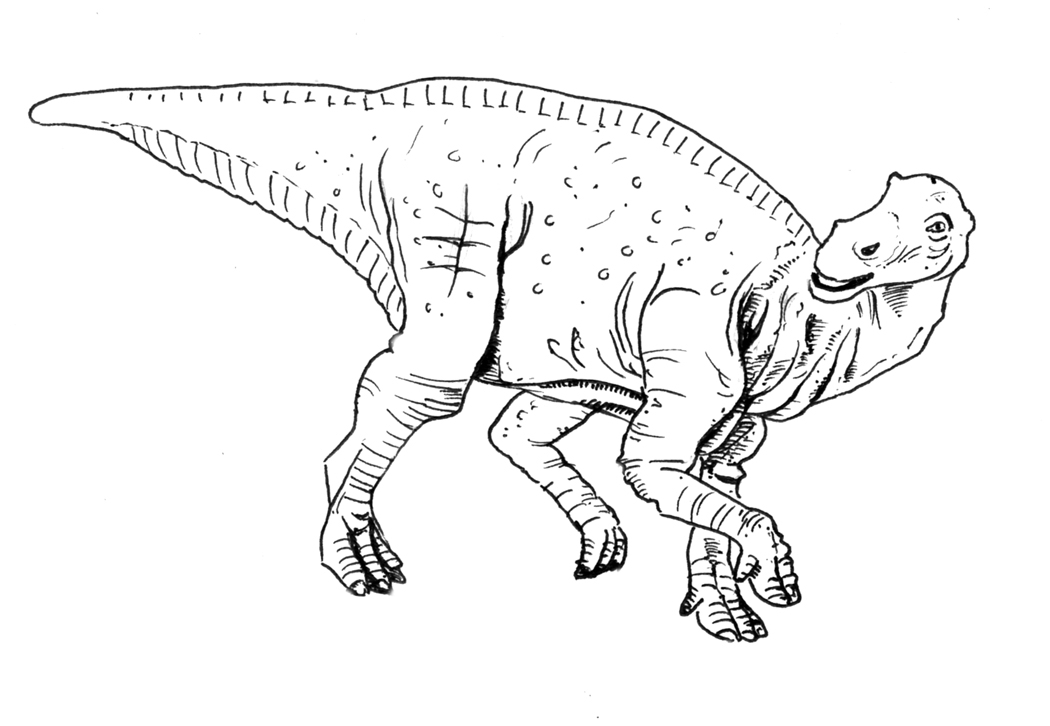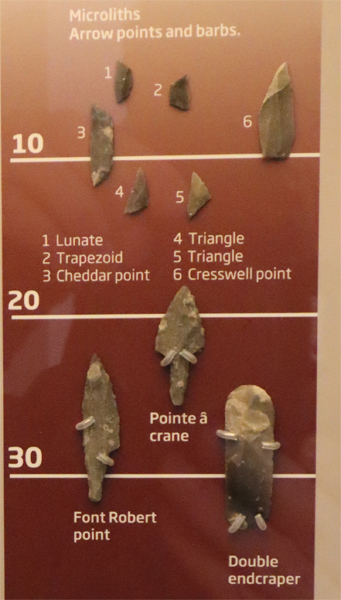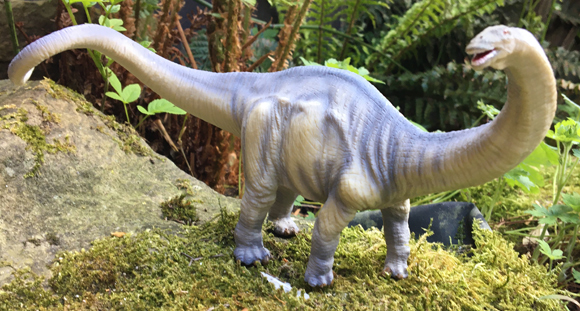United States Government Returns Rare Fossils to China
U. S. Government Returns Illegally Imported Fossils to China
Fossils and other ancient artefacts that entered the United States illegally have been returned to China by U.S. customs officials after a number of consignments of contraband were seized in the USA. American officials confirmed that the U.S. Government had returned fossils.
Returned Fossils
The fossils are part of what is believed to be a brisk, illegal trade in rare and ancient items from Asia and South America into the lucrative American market. This particular hoard of contraband included the fossilised bones of a Sabre-toothed cat, as well as rare dinosaur eggs and fossils of a small ornithopod dinosaur (Psittacosaurus lujiatunsis), this 2 metre long dinosaur is only known from China and has been dated to approximately 120 million years ago. The fossils of this particular dinosaur are extremely rare and it was only named and described in 2006.
Officials are aware that there is a large trade in illegally imported fossils and other ancient items from countries such as China into the West, with private collectors prepared to pay very large sums of money for rare pieces, particularly dinosaurs. These items were seized by U.S. authorities in Chicago (Illinois) and Richmond (Virginia). A number of dinosaur fossils and other pieces have been smuggled inside passenger luggage and found on inspection of cases and their contents. Other fossils are discovered when containers and crates are subjected to x-rays and the images produced did not match up with the stated contents on the export or import documentation.
A Replica of a Smilodon Skull
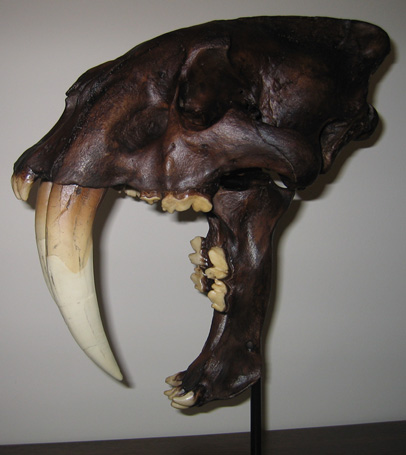
Big-toothed predator – a replica of the skull and jaws of a Smilodon. Fossilised bones from a sabre-toothed cat were some of the material returned to China.
Picture credit: Everything Dinosaur
International Collaboration
It is pleasing to see this international collaboration in a bid to end illegal fossil smuggling.
An Assistant Secretary for Homeland Security, John Morton commented:
“The attempt to remove them [the fossils] from China ran up against a network of national and international customs laws that are in place to protect against the theft of cultural property. We are pleased to return them to their rightful owners, the people of China”.
The confiscated remains including 24 fossilised dinosaur eggs which are believed to date from the Cretaceous were given back to Chinese Embassy officials at a Ceremony held in Washington D.C.
The Chinese Embassy’s Deputy Chief of Mission, Xie Feng, thanked the American authorities for their help in getting these rare and precious items back, commentating:
“In recent years, China and the U.S. have developed close co-operation in law enforcement and made steady progress and prominent achievements, particularly in the fields as counter-terrorism, drug enforcement as well as combating other transnational crimes”.
The confiscated fossils and other relics were handed over to U.S. Immigration and Customs Enforcement agency which investigated the imports and they are now awaiting the arrival of Chinese officials who will escort this cargo back to China.
To read a recent article about Psittacosaurus discoveries: New Species of Psittacosaurus Discovered.
If you want to purchase dinosaur and prehistoric animal models, such as the PNSO range of models and figures, have no fear, Everything Dinosaur have these excellent figures in stock: PNSO Age of Dinosaurs Models.


